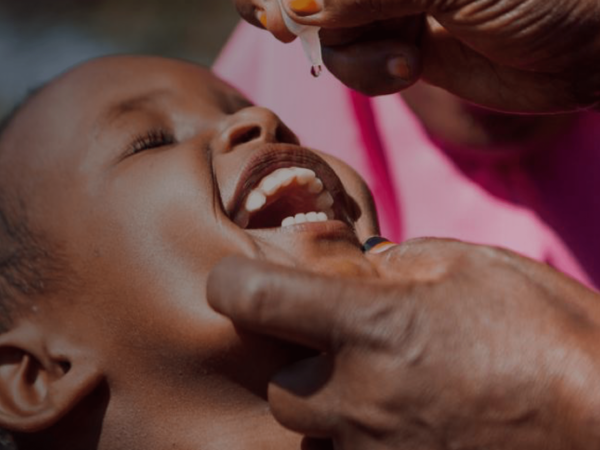Person-to-person communication is by far the most effective form of communication in the C4D toolbox. Listening to family and community concerns, demands and advice in all aspects of the programme will ensure better results.
Outbreaks are not isolated events – they happen within a social, cultural, political and economic setting which will influence what communities believe and understand about the problem – and how they will respond to outbreak control interventions.
Social mobilization is a process that engages and motivates a wide range of partners and allies at national and local levels to raise awareness of and demand for a particular development objective through dialogue. It relies heavily on interpersonal communication skills, which can take time, can only reach a few people at a time and depends heavily on quality training in both technical content and communication skills.
Its strength is in responding to the concerns of individuals, groups and institutions in a persuasive and flexible fashion to facilitate and influence a change in behavior or to encourage the maintenance of a desired behavior.
In the case of the polio programme the desired behavior is the repeated acceptance of oral polio vaccine. Engaging with communities and parents builds community trust and household demand for immunization services, and helps ensure a rapid response to community concerns in the event of a polio outbreak.
Social and epidemiological data guides social mobilization planning and implementation to target efforts on high-risk areas and reduce the numbers of missed children.
You may have a community-based social mobilization force already set up and actively engaged in immunization, in other cases you will need to look for partners and existing groups who can support. Possible partners could include influential people, groups and organizations in the community.
It is critical to analyse the strengths and weaknesses in existing social mobilization resources and their potential success in engaging parents and communities for immunization.
Questions like these may help:
-
Who has credibility and can motivate target audiences to adopt the behaviour being promoted?
-
What facilities are presently in place? (existing networks of volunteers in the community, physical spaces, what is the level of experience and training, do they have transport, funds etc)
-
What is their reputation in the community?
-
What influence do they have with the authorities and primary and secondary target groups?
Learn more
Explore the other two learning modules in this 3-step tutorial to design evidence-driven communication strategies to help vaccinate every child.
Define your target audience and barriers to change, then develop messages and choose channels to reach your audience.
You cannot do everything and your ability to prioritize your interventions and target behaviours is paramount. One simple way to do this is to evaluate importance of the behavior and its changeability.



